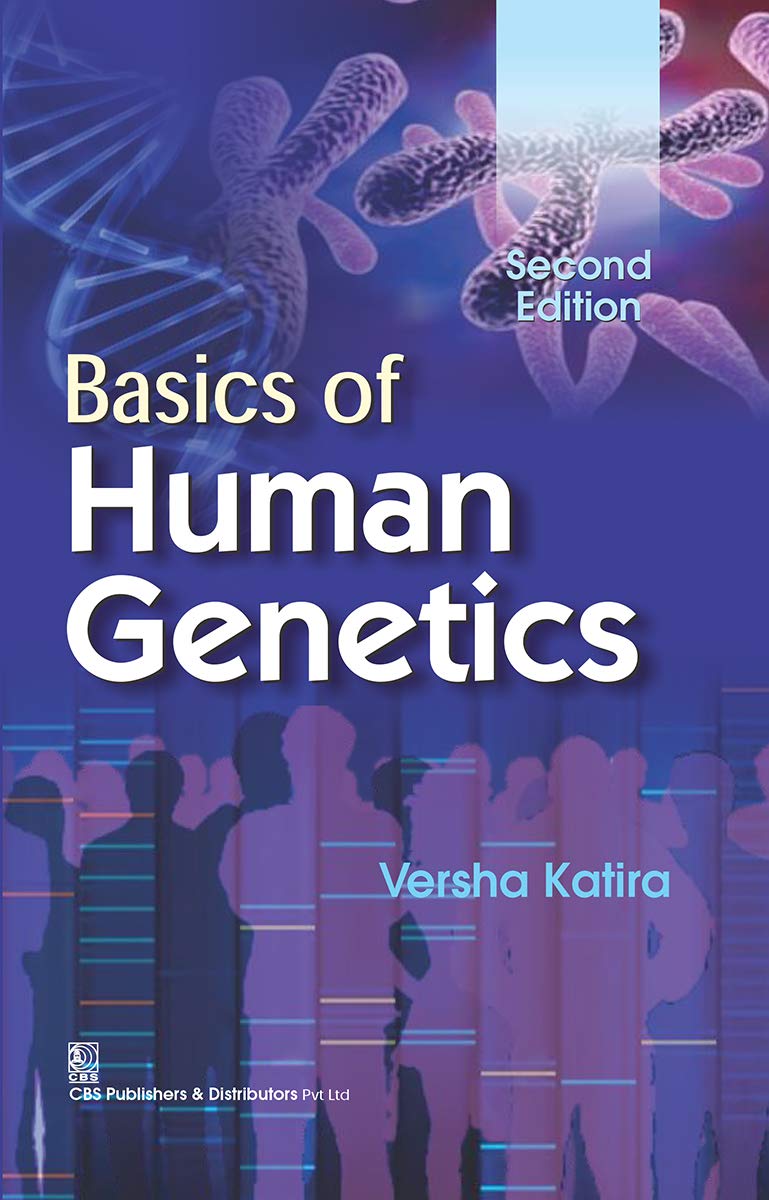DNA methylation signatures for chromatinopathies: current challenges and future applications.
IF 3.8
2区 生物学
Q2 GENETICS & HEREDITY
引用次数: 0
Abstract
Pathogenic variants in genes that encode epigenetic regulators are the cause for more than 100 rare neurodevelopmental syndromes also termed "chromatinopathies". DNA methylation signatures, syndrome-specific patterns of DNA methylation alterations, serve as both a research avenue for elucidating disease pathophysiology and a clinical diagnostic tool. The latter is well established, especially for the classification of variants of uncertain significance (VUS). In this perspective, we describe the seminal DNA methylation signature research in chromatinopathies; the complex relationships between genotype, phenotype and DNA methylation, and the future applications of DNA methylation signatures.
染色质病的 DNA 甲基化特征:当前挑战与未来应用。
编码表观遗传调节因子的基因中的致病变异是导致 100 多种罕见神经发育综合征(又称 "染色质病")的原因。DNA 甲基化特征,即综合征特异性的 DNA 甲基化改变模式,既是阐明疾病病理生理学的研究途径,也是一种临床诊断工具。后者已得到公认,特别是在对意义不确定的变异(VUS)进行分类时。在这篇论文中,我们将介绍染色质疾病中开创性的 DNA 甲基化特征研究;基因型、表型和 DNA 甲基化之间的复杂关系,以及 DNA 甲基化特征的未来应用。
本文章由计算机程序翻译,如有差异,请以英文原文为准。
求助全文
约1分钟内获得全文
求助全文
来源期刊

Human Genetics
生物-遗传学
CiteScore
10.80
自引率
3.80%
发文量
94
审稿时长
1 months
期刊介绍:
Human Genetics is a monthly journal publishing original and timely articles on all aspects of human genetics. The Journal particularly welcomes articles in the areas of Behavioral genetics, Bioinformatics, Cancer genetics and genomics, Cytogenetics, Developmental genetics, Disease association studies, Dysmorphology, ELSI (ethical, legal and social issues), Evolutionary genetics, Gene expression, Gene structure and organization, Genetics of complex diseases and epistatic interactions, Genetic epidemiology, Genome biology, Genome structure and organization, Genotype-phenotype relationships, Human Genomics, Immunogenetics and genomics, Linkage analysis and genetic mapping, Methods in Statistical Genetics, Molecular diagnostics, Mutation detection and analysis, Neurogenetics, Physical mapping and Population Genetics. Articles reporting animal models relevant to human biology or disease are also welcome. Preference will be given to those articles which address clinically relevant questions or which provide new insights into human biology.
Unless reporting entirely novel and unusual aspects of a topic, clinical case reports, cytogenetic case reports, papers on descriptive population genetics, articles dealing with the frequency of polymorphisms or additional mutations within genes in which numerous lesions have already been described, and papers that report meta-analyses of previously published datasets will normally not be accepted.
The Journal typically will not consider for publication manuscripts that report merely the isolation, map position, structure, and tissue expression profile of a gene of unknown function unless the gene is of particular interest or is a candidate gene involved in a human trait or disorder.
 求助内容:
求助内容: 应助结果提醒方式:
应助结果提醒方式:


